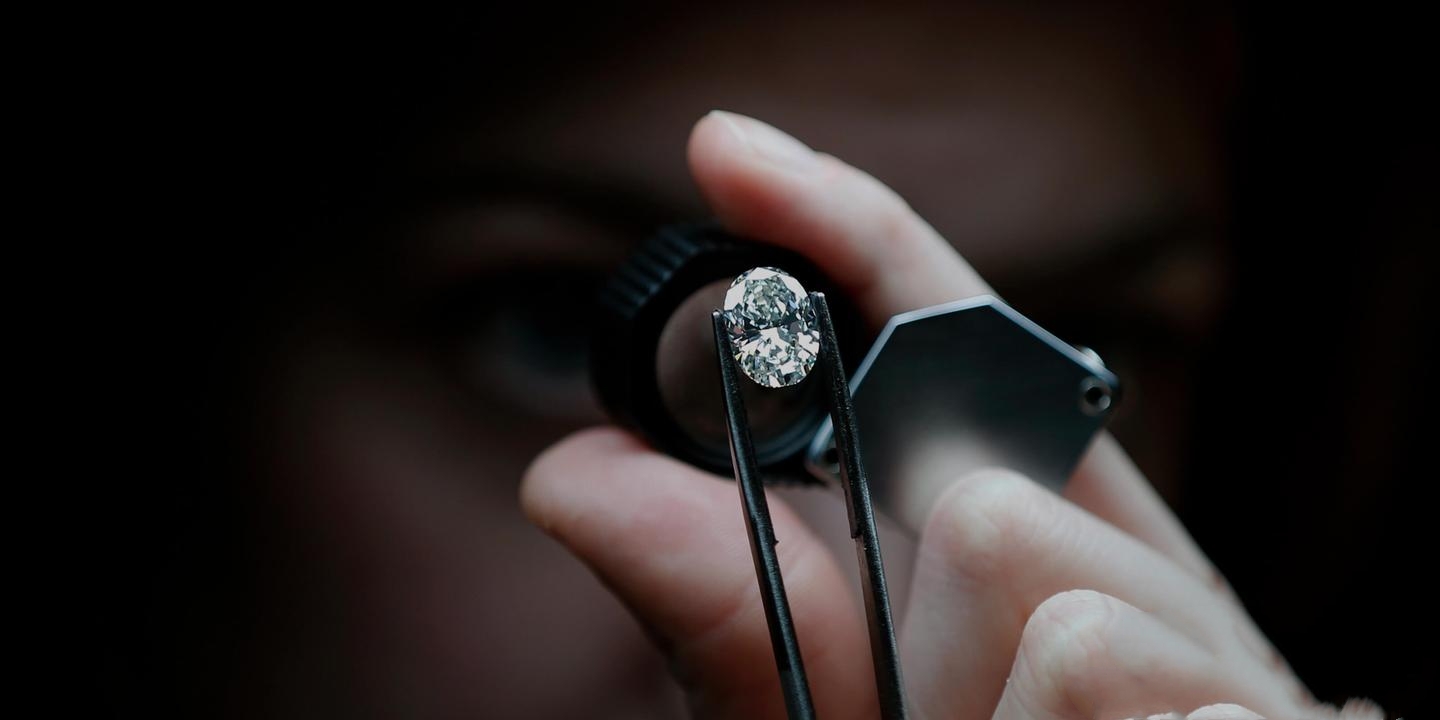Lab-grown diamonds are not just a sparkly trend; they represent a seismic shift in how we perceive and acquire these timeless gems. From their inception in the controlled environments of laboratories to their increasing presence in jewelry stores worldwide, the trajectory of lab-grown diamonds is nothing short of revolutionary.
Introduction to Lab-Grown Diamonds
In recent years, lab-grown diamonds have captured the imagination of consumers and industry experts alike. But what exactly are they? Essentially, the future of lab grown diamonds are diamonds created through technological processes rather than mined from the earth. This distinction is crucial as it impacts not only the sourcing but also the ethical and environmental implications of diamond production.
The Science Behind Lab-Grown Diamonds
Delving deeper, let’s explore the intricate process of creating the future of lab grown diamonds. Unlike their naturally occurring counterparts, which form over millions of years beneath the Earth’s surface, lab-grown diamonds are cultivated in controlled environments using cutting-edge technology. By replicating the extreme pressure and temperature conditions found in the earth’s mantle, scientists are able to produce diamonds with remarkable precision and purity.
Comparison with Mined Diamonds
One of the most significant aspects of lab-grown diamonds is their cost-effectiveness. While traditional diamonds are subject to the unpredictability of mining operations, lab-grown diamonds offer a more consistent supply chain, resulting in lower prices for consumers. Furthermore, the ethical concerns surrounding diamond mining, such as human rights abuses and environmental degradation, are virtually non-existent with lab-grown diamonds.
Advancements in Technology
The the future of lab grown diamonds is closely intertwined with technological advancements. With ongoing innovation in production methods, including the integration of artificial intelligence and automation, the efficiency and scalability of lab-grown diamond production continue to improve. This not only ensures higher-quality diamonds but also opens up possibilities for customization and personalization in ways previously unimaginable.
Applications and Uses
Beyond the realm of jewelry, lab-grown diamonds have a wide range of applications. From industrial uses such as cutting tools and abrasives to technological applications like laser optics and semiconductors, the versatility of lab-grown diamonds knows no bounds. Looking ahead, the potential for further innovation and exploration of new applications is virtually limitless.
Consumer Perception and Acceptance
Despite their many advantages, lab-grown diamonds still face challenges in terms of consumer perception and acceptance. Many consumers remain unaware of the existence of lab-grown diamonds or hold misconceptions about their quality and value compared to mined diamonds. However, with concerted efforts in education and marketing, attitudes are gradually shifting, paving the way for broader acceptance of lab-grown diamonds in the marketplace.
Economic Impact
The rise of the future of lab grown diamonds has the potential to disrupt the traditional diamond industry on a global scale. While this may spell uncertainty for some stakeholders, it also presents opportunities for innovation, job creation, and economic growth. Moreover, as consumer demand for ethically sourced and environmentally sustainable products continues to rise, lab-grown diamonds are well-positioned to capitalize on this trend.
Environmental Sustainability
One of the most compelling arguments in favor of lab-grown diamonds is their environmental sustainability. Unlike traditional diamond mining, which can have devastating ecological consequences, lab-grown diamonds have a significantly lower carbon footprint and require fewer natural resources to produce. As concerns about climate change and resource depletion mount, the environmental benefits of lab-grown diamonds become increasingly apparent.
Challenges and Limitations
Of course, the road ahead is not without its challenges. Regulatory issues, quality control concerns, and market integration pose significant hurdles to the widespread adoption of lab-grown diamonds. Addressing these challenges will require collaboration and cooperation among industry stakeholders, policymakers, and consumers alike.
Global Market Analysis
Despite these challenges, the global market for lab-grown diamonds is poised for exponential growth in the coming years. With projections indicating a steady increase in demand across regions and market segments, lab-grown diamonds are quickly gaining traction as a viable alternative to traditional diamonds.
Future Innovations and Breakthroughs
Looking ahead, the future of lab-grown diamonds is bright. Continued investment in research and development, coupled with collaboration across industries, is driving innovation and pushing the boundaries of what is possible. From breakthroughs in production techniques to new applications and uses, the potential for growth and advancement in the field of lab-grown diamonds is truly exciting.
Cultural and Societal Implications
Beyond their economic and environmental impact, lab-grown diamonds also carry significant cultural and societal implications. As symbols of love, commitment, and luxury, diamonds hold a special place in our collective consciousness. The widespread acceptance of lab-grown diamonds signals a shift in societal values towards sustainability, ethics, and innovation.
Investment Potential
For investors, the emergence of lab-grown diamonds represents a unique opportunity to capitalize on a growing market with considerable upside potential. As consumer preferences continue to evolve, savvy investors stand to profit from the rising demand for ethically sourced and environmentally sustainable products.
Government Regulations and Policies
Finally, the role of government regulations and policies cannot be overstated in shaping the future of lab-grown diamonds. By establishing clear guidelines and standards for the production and sale of lab-grown diamonds, policymakers can help ensure consumer confidence and foster a level playing field for industry stakeholders.






